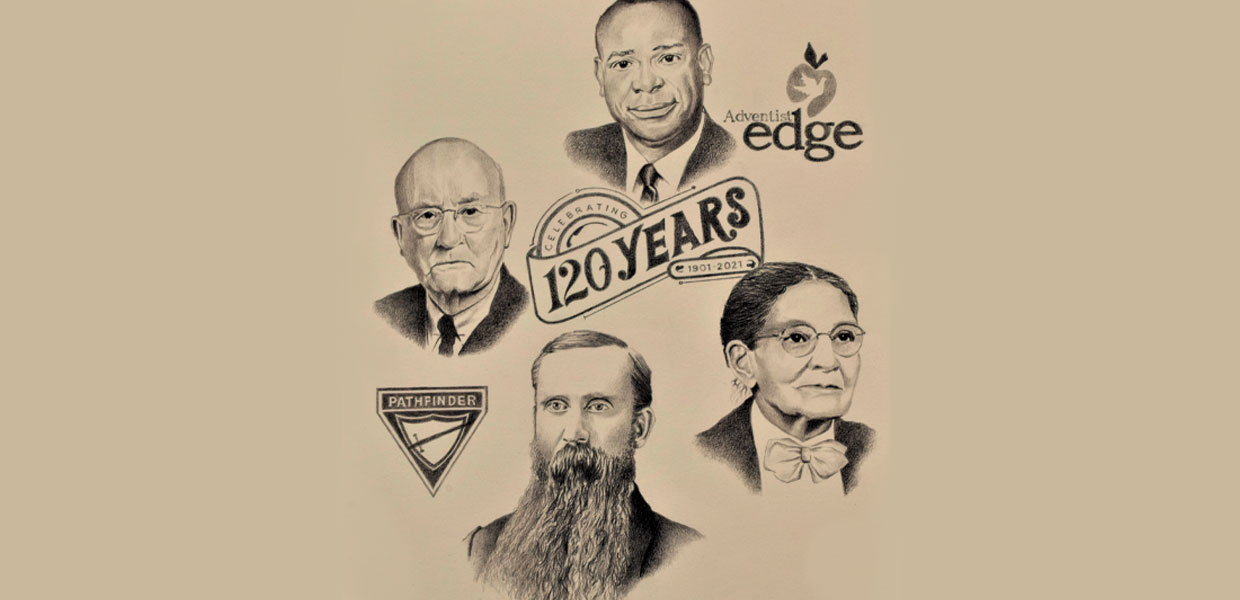
Adria Ware
April 9, 2021, marks 120 years since the Southern Union was organized in 1901, and 150 years since Elbert B. Lane preached in Edgefield Junction, Tennessee, in 1871.
Elbert Lane began the Adventist work in the South, and Edson White gave impetus to the work among African- Americans in the South, but it was Robert Meek Kilgore who led the territory to become the General Conference District #2 in 1890, and finally organized into the Southern Union in 1901.
Kilgore was a veteran of the American Civil War who became a Seventh-day Adventist in 1865. He felt a burden for souls and a desire to proclaim the truth to others. A few months later, James White ordained him. He ministered briefly in the eastern states, but in 1877 was sent to Texas where, during his first two years, 200 were baptized. When the Texas Conference was organized in 1878, he became the first president, and by 1885 there were 800 members.
Formation General District #2 – 1890
Therefore, when an experienced administrator with a passion for evangelism was needed for the new General Conference District #2 in 1890, Robert M. Kilgore was selected.
After one year, Kilgore reported, “District #2 embraces nine Southern states, as follows: Kentucky, Tennessee, Alabama, Mississippi, Louisiana, Florida, Georgia, North Carolina, and South Carolina. There is but one organized conference in the District, the Tennessee River Conference, which is composed of those portions of the states of Kentucky and Tennessee lying west of the Cumberland Mountains. The eastern part of these two states forms the Cumberland Mission Field. All the other states in the District are also mission territory.
“During the year, five ministers have been engaged in the work in these mission fields; five new churches have been added, making in all at present an aggregate of 19 churches and 383 members, who have paid tithes to the amount of $2,921.16,” Yearbook 1891, p. 67.
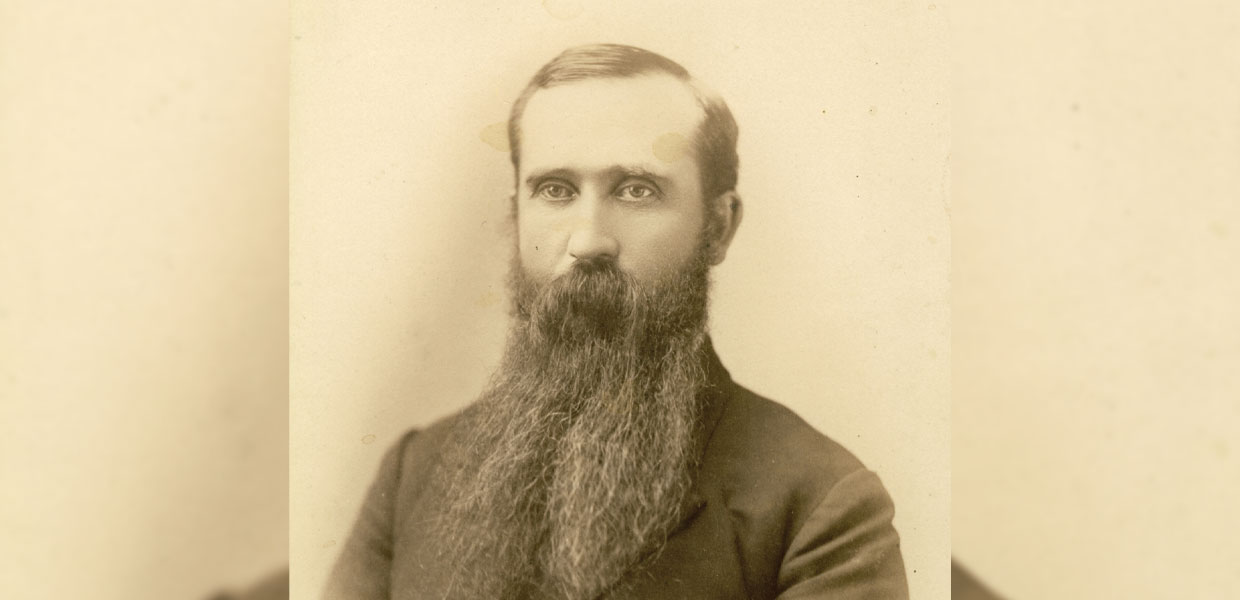
Growth into Union
Ellen White visited General District #2 in March 1901. In Vicksburg, Mississippi, March 16-17, she dedicated the new Vicksburg Chapel School her son, Edson, had built. In Memphis, Tennessee, on March 18, she spoke with 35 members of the Adventist congregation there. She and her fellow travelers then caught the 1 p.m. train and headed to Nashville, Tennessee. Edson rushed ahead and was waiting at the Nashville Union Station with his “Gospel Wagon” when his mother arrived.
Early Tuesday morning they were met by N. W. Allee, Smith Sharp, Edward A. Sutherland, D. T. Shireman, Fred Halladay, I. H. Ford, A. F. Harrison, and Stone. Everyone climbed aboard the Gospel Wagon and toured the Adventist interests in Nashville, which was already a blossoming hub for the Church.
In the Nashville/Davidson County area, there were four Adventist churches: two in Nashville and two in Edgefield Junction. There was also the Nashville Colored Sanitarium managed by Fred and Fannie Youngs, the Herald Publishing Company, the treatment rooms operated by Louis E. Hansen and his wife who opened the health work in the South with a health exhibit at the Tennessee Centennial and International Exposition from May 1 to October 31, 1897. Other institutions within the territory were the Graysville School (1892), Oakwood Manual Training School (November 1896), the Southern Missionary Society (1898), and the Review office in Atlanta, Georgia.
Ellen White also attended meetings of the Southern Missionary Society for the next two days. The Gospel Herald Supplement for March 1901 records, “Plans were laid for developing and strengthening the work with some items referred to for study at the time of the General Conference, to be held at Battle Creek.” We do not know what those items were, but perhaps one was the organizations of unions.
Ellen White and colleagues left for Chicago on Thursday morning, March 21, en route to Battle Creek where the General Conference would be held April 2-23.
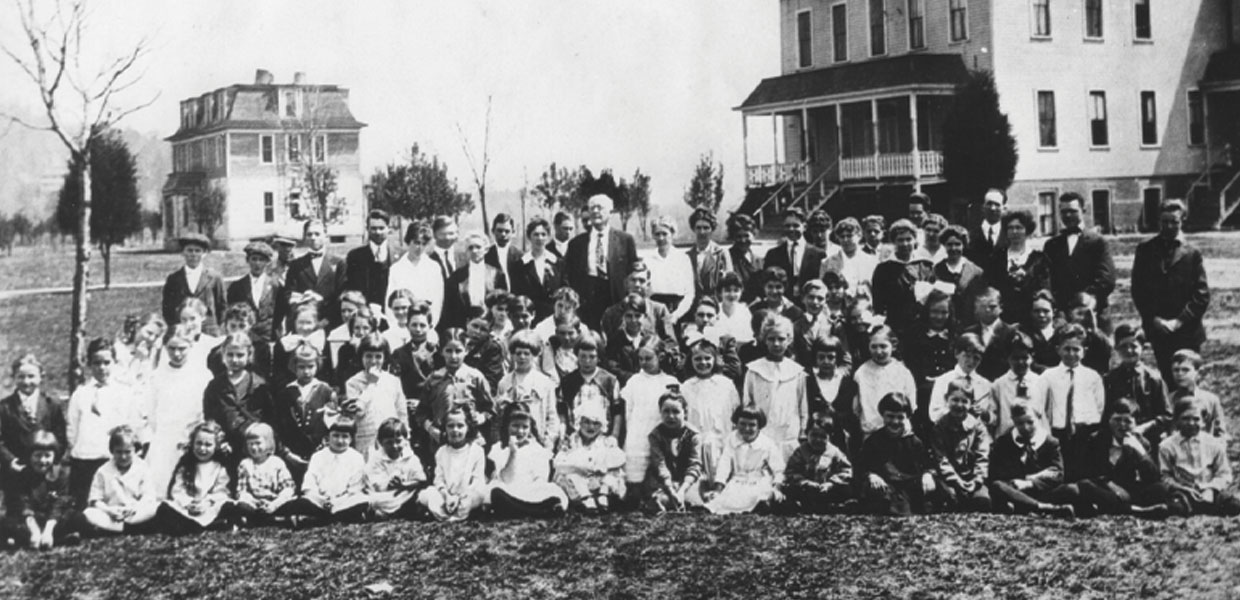
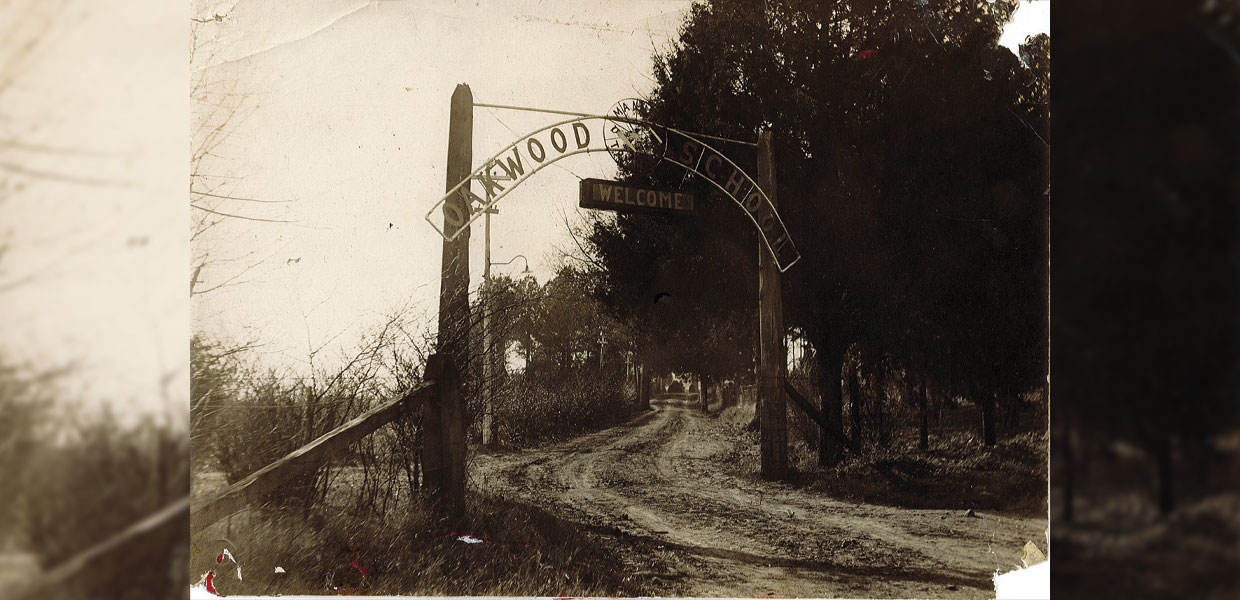
Southern Union Organized
“An early proposal [at the 1901 General Conference Session] was that union conferences, after the order of what had been done in Australia, be formed throughout North America and the European fields. At the business session held Thursday afternoon, April 4, a model was presented from the Southern field, or what might be termed the Southern district, embodying three conferences and six missions. Perhaps it was the relative smallness of the field, with 2,600 members, and because the work was just getting well established there that they were able quickly to move into line with the new organizational plans and with a suggestion that they be made a union conference,” Ellen G. White: The Early Elmshaven Years 1900-1905, p. 85.
The delegates took several days to discuss the reorganization plan. On April 9, 1901, the Southern Union Conference was organized with Robert M. Kilgore as president. The Union began operation on May 1, 1901, with its first headquarters at 1025 Jefferson Street in Nashville.
The territory included “three state conferences, Tennessee River, Florida, and Cumberland. The rest of the territory was an unorganized mission field. In the entire territory there were 62 churches, having a membership of 1,900, which, with 680 isolated Sabbath- keepers, made a total of 2,580 reported believers. At the time of organization, there were 24 ministers, 11 licentiates, and 30 licensed missionaries, making a total of 65 laborers. There were also 65 canvassers, 20 medical missionaries and nurses, and 15 other workers laboring as self-supporting missionaries. The tithe received for the year ending December 31, 1900, was $13,214.80,” (GCB 1903).
Kilgore hit the ground running. During the next few months, new conferences were organized in the Carolinas (September), Georgia-Cumberland (August), Alabama, and Mississippi.
120 Years of Ministry and Growth
The following timeline shows that the Southern Union was organized during the Progressive Era in the United States, but ensuing decades brought challenges and opportunities. Some of the major world challenges that provided ministry opportunities were World Wars I and II, the Spanish influenza pandemic, the genocides against Armenians and Jews, the Great Depression, and the Holocaust. The timeline will show how the members and leaders of the Union have undauntedly used their spiritual gifts to carry the gospel during the best and worst of times, as God helped us turn challenges into opportunities for ministry and growth. We invite each member of the Southern Union family to pause this month to celebrate God’s leading in the Union and your own personal experience, remembering that “we have nothing to fear for the future, except as we forget how God has led us in the past.”
1901; The Southern Union Conference was organized April 9, 1901, with Robert M. Kilgore as president.
1901; The Southern Publishing Association was organized on June 4.
1901; Nashville Colored Sanitarium was opened by Edson White, with Fred and Fannie Young as manager and matron.
1901; New conferences were organized in the Carolinas, Georgia, Alabama, and Mississippi.
1902; George I. Butler, former president of the General Conference, was elected second president of the Southern Union and the Southern Publishing Association.
1903; George I. Butler reported that within the five conferences, there were 80 churches with a membership of 5,824, 30 church schools with an enrollment of 854 pupils, 36 church buildings, and 10 buildings occupied for school purposes, 32 ordained ministers, 17 licentiates, 40 licensed missionaries, and 31 canvassers. Tithe for 1902 was $20,575.30.
1904; Madison College and Sanitarium (1907) was opened by Edward A. Sutherland and Percy Magan.
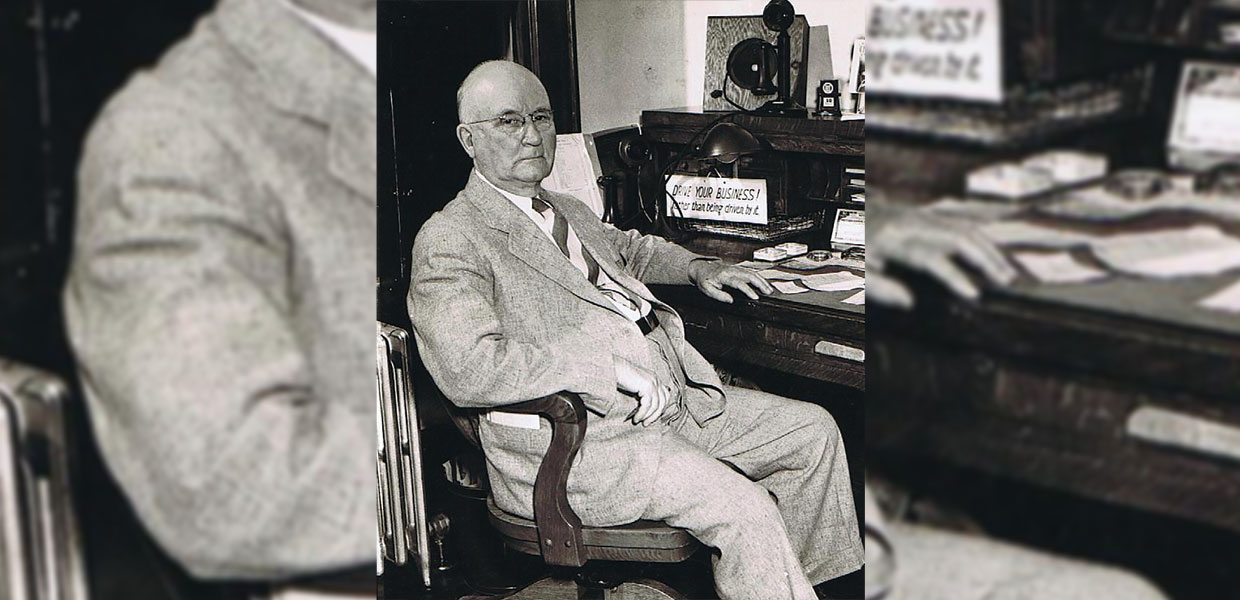
1907; The first official news organ for the Union was the Report of Progress.
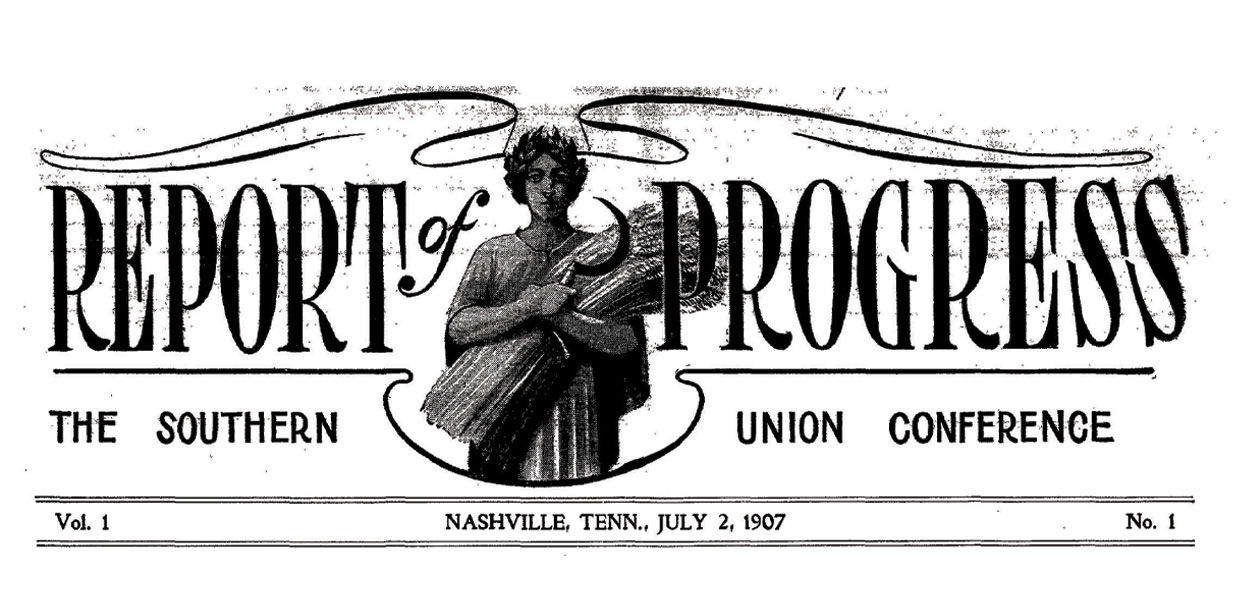
1908; The Union Divided: On January 12, the Union was divided into the Southern Union and Southeastern Union.
1908; The Southeastern Union covered the states of Florida, Georgia, South Carolina, North Carolina, and eastern Tennessee, and the Bahamas Mission headquarters were located in Chattanooga, Tennessee. The official newsletter was the Field Tidings. (President A. Westworth, 1908-09)
1908; The Southern Union Conference territory included Kentucky, Tennessee, Alabama, Mississippi, and Louisiana. Its headquarters remained in Nashville until 1932. The Report of Progress was renamed Southern Worker. (President G. A. Irwin, 1907-09)
1908; Dr. Lottie Blake opened Rock City Sanitarium to serve the Colored people in Nashville, Tennessee.
1908; Florida Sanitarium, later Florida Hospital and now AdventHealth Orlando, opened in October in an old farmhouse in Orlando, Florida.
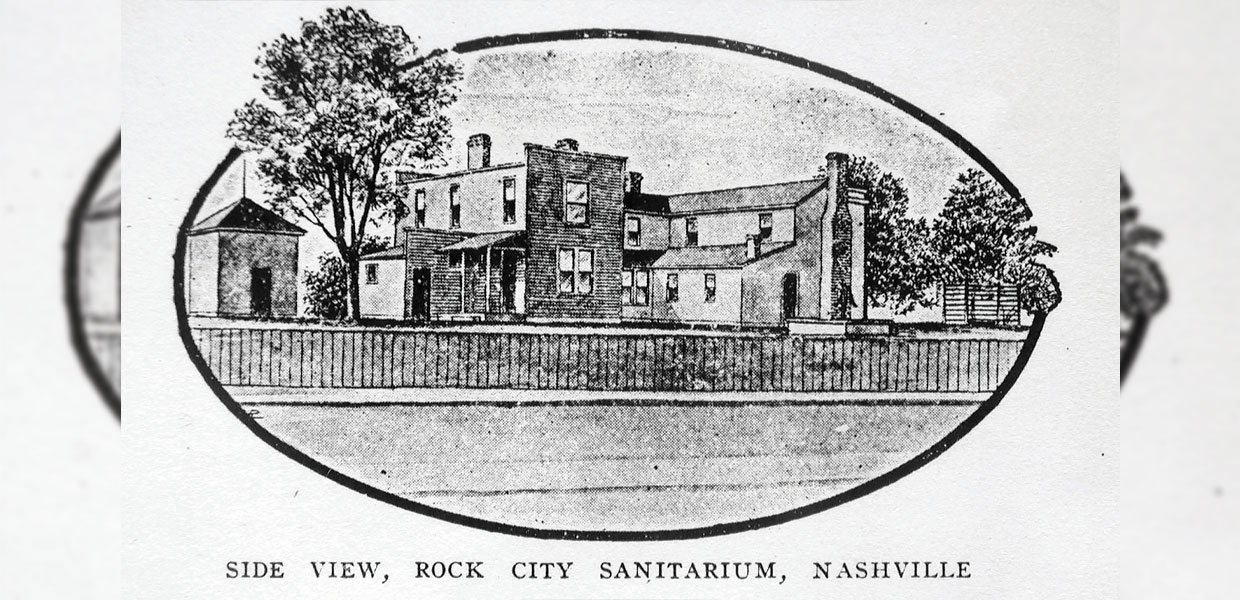
1909; At the opening of the 1909 General Conference Session, Ellen White predicted “terrible scenes of strife and oppression beyond anything they had conceived of,” (GCB, May 21, 1909). A series of events ensued that rocked the world and affected the Southern Union: WWI (1914), genocides (1914-1923), the Spanish Influenza (1918-1920), the Stock Market Crash and Great Depression (1929-1932), the rise of Nazism and the Holocaust (1933-1945), and WWII (1939-1945).
1909; Anna Knight was called by the Southeastern Union to work in Atlanta, Georgia. Her duties included nursing, teaching, and Bible work. When the Southeastern Union and Southern Union merged, she served in the Educational Department until she retired in 1945.
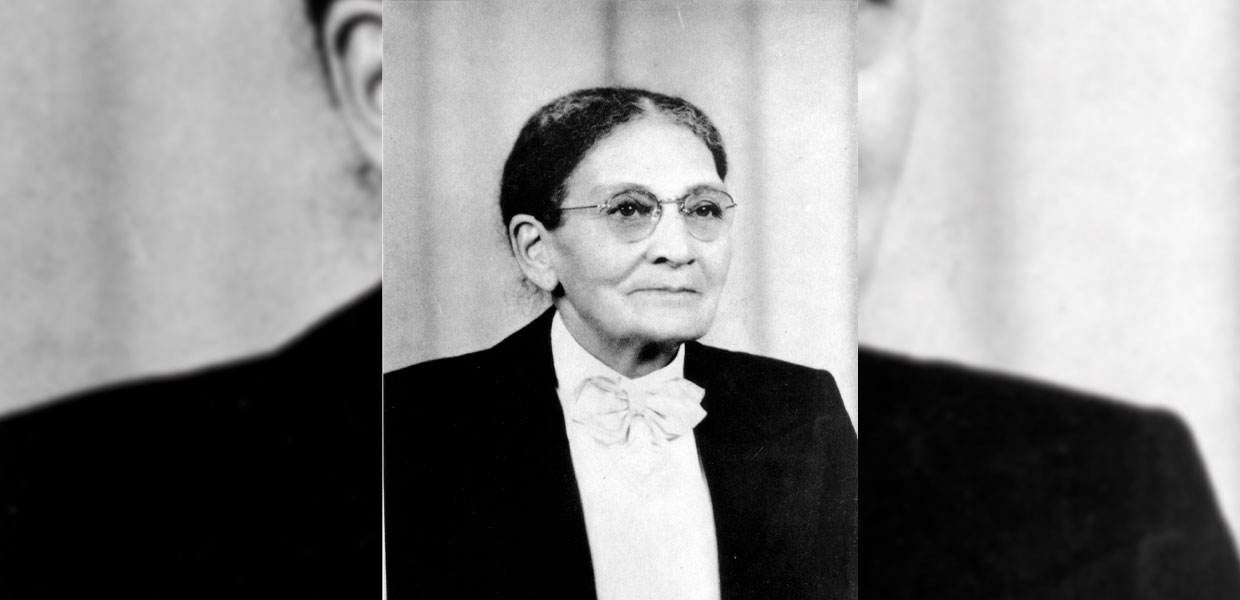
1911; The first Ministerial Institute was held in Knoxville, Tennessee. W. W. Prescott, G. B. Thompson, and A. G. Daniells trained pastors and Bible workers during the day, and held public evangelistic meetings in the evening.
1914; WWI (July 28, 1914-Nov. 11, 1918): W. C. Cleveland, a Seventh-day Adventist from Chattanooga, Tennessee, and father of E. E. Cleveland, was among the Adventists from the Southern Union who, though drafted, refused to bear arms or work on Sabbath.
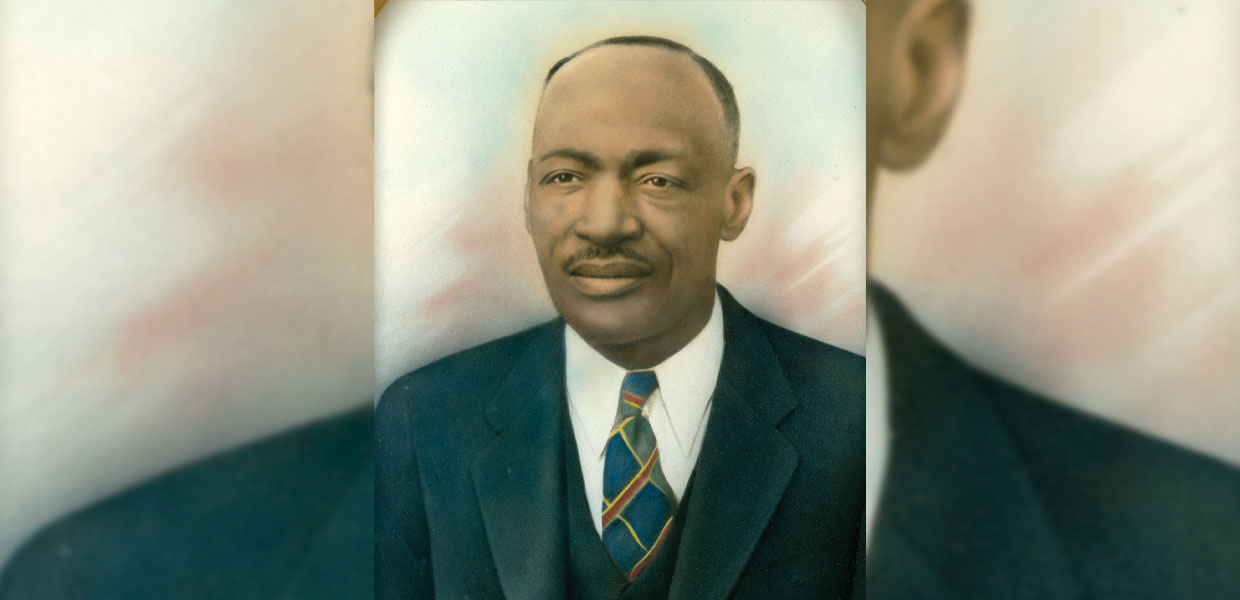
1916; Graysville Academy bought a piece of property in Tennessee called Thatcher Switch and named it Collegedale. The school was renamed Southern Junior College, and 57 students started classes on October 18.
1918; Young Adventist men from the South were among those encouraged to attend one of two Institutes of War Time Nursing held in Washington, D.C., and Loma Linda, California, to prepare to be nurses in WWI.
1918; The Spanish Influenza: Many members and workers in the Southern and Southeastern unions perished during the two-year pandemic that killed tens of thousands throughout the South.
1918; Millions were massacred in the five-year Armenian and Syrian genocides. The Southern and Southeastern unions sponsored relief campaigns to assist the Armenian and Syrians suffering disease and starvation.
1929; The Great Depression (August 1929-March 1933) greatly affected the work of the Church. This led to the merging of the Southeastern and Southern unions in 1932.
1932; The Unions Merge: The Southern and Southeastern unions merged as a means of reducing expenses during the Great Depression, but without the inclusion of Louisiana and the Bahamas. The two newsletters, Southern Worker and Field Tidings, were combined to become the Southern Tidings. The reorganized Southern Union held offices in Chattanooga, Tennessee, until 1936, when headquarters moved to Decatur, Georgia. (President, S. A. Ruskjer, 1932-35)
1932; The Alabama and Mississippi conferences merged to become the Alabama-Mississippi Conference. It was renamed the Gulf States Conference in 1984.
1933; The first Southern Union Youth Congress was held May 22-25, at Southern Junior College. Alfred W. Peterson was the Missionary Volunteer leader and education secretary for the Union. The following year other unions held Youth Congresses for their youth.
1934; May 25-28, a Colored Youth Congress was held at Oakwood Junior College and organized by Anna Knight. Youth from all over America attended this first Youth Congress open to Colored youth.
1937; The first Field School of Evangelism was held in Greensboro, North Carolina, to teach pastors the system of evangelism used by the most effective evangelists. J. L. Shuler, Union evangelist and president of the Carolina Conference, directed the School.
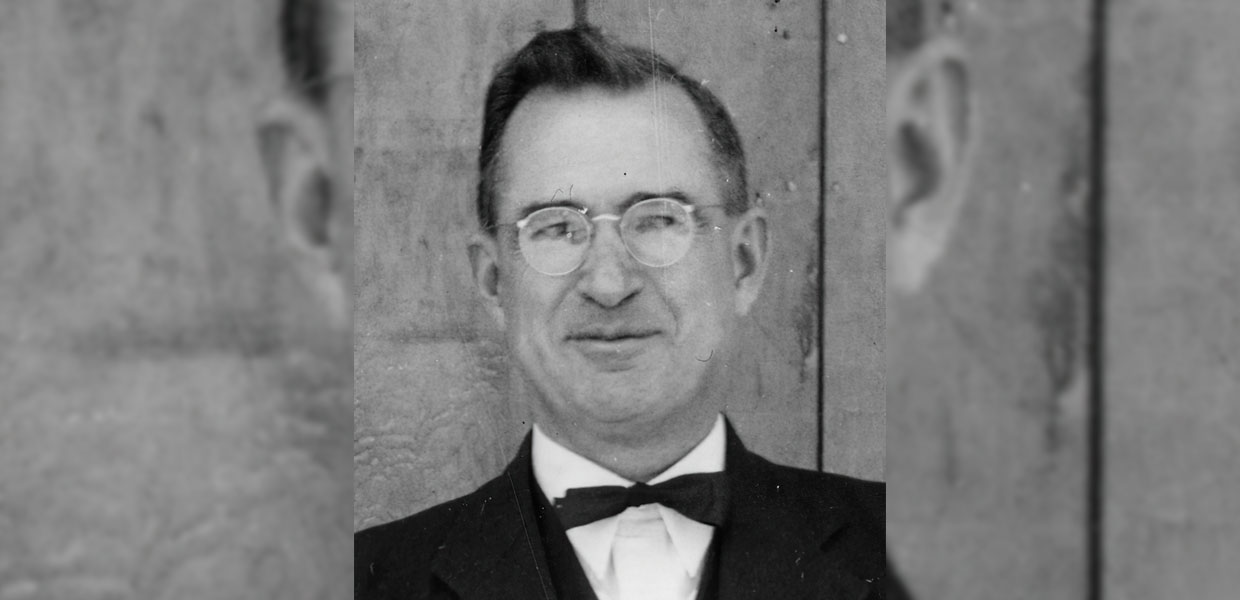
1939; With WWII imminent, J. K. Jones, Union president, urged, “While Europe prepares for the coming Armageddon, and America is stunned by the apparent nearness of the conflict, millions in our own land are wondering about the future. Stocks and bonds are tumbling and uncertainty prevails everywhere. Now is our opportunity to place our message literature in the hands of the masses in the cities and towns. The people are looking for someone with prophetic vision to tell them what these things mean,” Southern Tidings, March 29, 1939.
1939; WWII (September 1, 1939-September 2, 1945): The Seventh-day Adventist Church begins to prepare young men to serve in the Medical Cadet Corps program started at Union College in Lincoln, Nebraska, and adopted by the General Conference to train Seventh-day Adventist youth to serve as noncombatants.
1940s; African-American veterans who had sacrificed to defend “liberty and justice for all” returned to the U.S. and demanded free exercise of their own rights, which were prohibited by the Separate but Equal Doctrine until 1954. This push included many Seventh-day Adventists who sought to desegregate Adventist institutions.
1941; After the bombing of Pearl Harbor on December 7, the United States entered WWII.
1942; After the U.S. entered the War, Medical Cadet training was launched at Southern Junior College and Madison College. Southern was designated a theological school so theology students could get the Class IV-status needed to continue their education.
1942; The Southern Union raised $102,451.55 in support of the Missions Relief Fund to help rebuild missions destroyed during WWII.
1945; The Holocaust ended in May 1945 after the Germans and their collaborators had murdered six million European Jews as part of a systematic plan of genocide.
1945; The request for desegregation was denied, but the General Conference proposed regional conferences. The Southern Union appointed a feasibility committee to study the idea, and organized the South Atlantic Conference and South Central Conference in December 1945. The new conferences began operations January 1, 1946.
1950; Raquel Genanian organized a Spanish Sabbath School class at Miami Temple English Church in Florida, which was the beginning of the first Spanish church in the Southern Union.
1951; The 25th anniversary of Junior Camps was celebrated by all conferences Union-wide.
1954; E. C. Ward and E. E. Cleveland held major evangelistic meetings in Wilmington, North Carolina, and Montgomery, Alabama. More than 500 persons were baptized in each city.
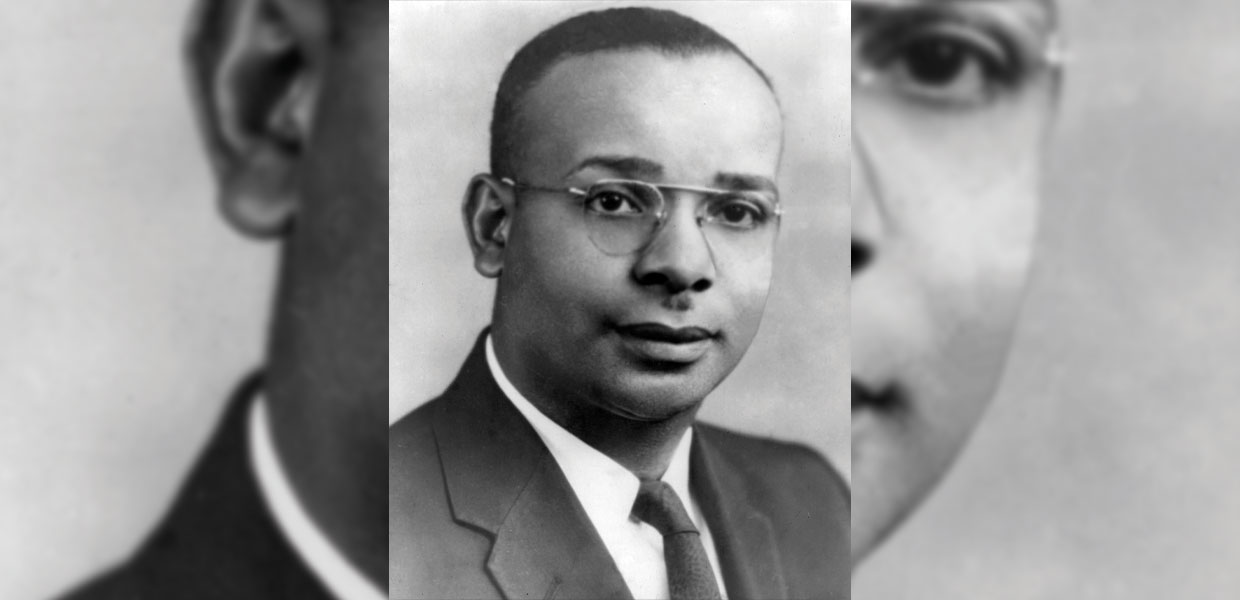
1958; The Miami Spanish Church was organized on December 20, as the first Spanish church in the Southern Union with Ernesto Santos as pastor.
1959; Operation Dixie, a Union-wide evangelistic thrust involving all Southern Union departments and pastors, was organized by Don Rees, Union president.
1960s; Revival evangelism was introduced in the Southern Union by Harmon C. Brownlow and Glenn Coon as a shorter evangelistic meeting format.
1964; A new office was built at 3978 Memorial Drive in Decatur, Georgia. (President LeRoy J. Leiske, 1964-1965)
1965; Oscar Heinrich launched the Church Identification Service to provide signs for churches and schools.
1965; 1,100 Pathfinders and Pathfinder officers converged on Veteran’s State Park in Cordele, Georgia, on April 1, for the first Union-wide Southern Union Pathfinder Camporee, under the direction of E. S. Reile, Union youth director.
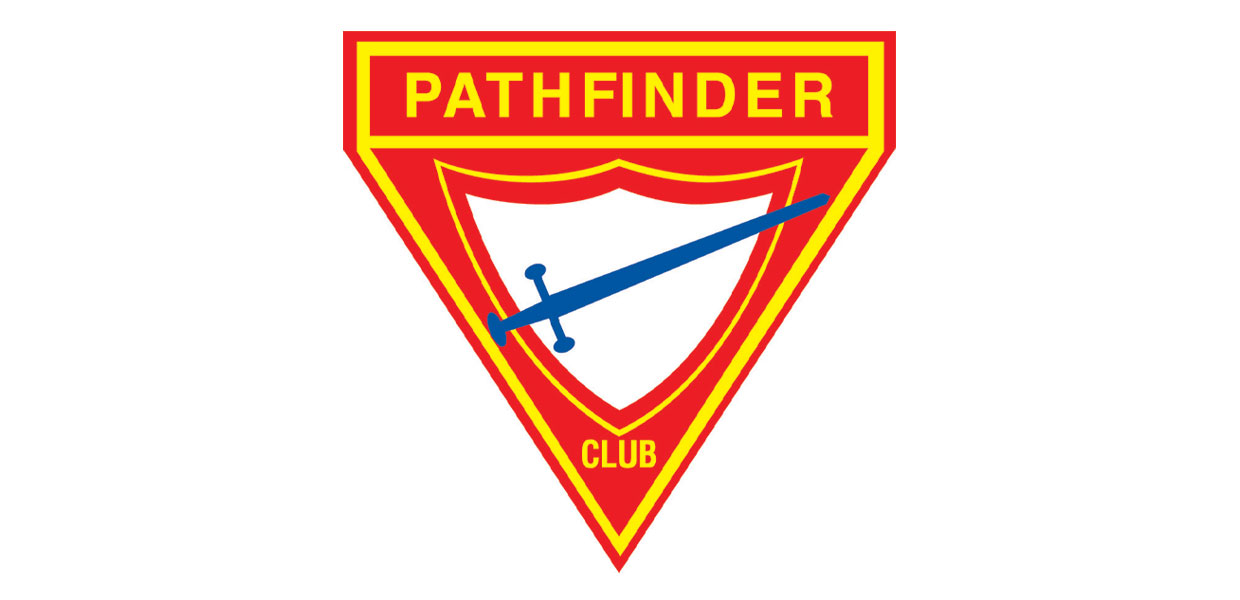
1969; Mission Spotlight, the monthly Sabbath School Mission video report, previewed under the leadership of Oscar Heinrich, Southern Union communication director. Mission Spotlight featured Church work in 160 countries, and served 3,000 Sabbath Schools in seven world divisions until 2007.
1970; The first Southern Union Council on Evangelism was held to train evangelists. The Council is now known as E3.
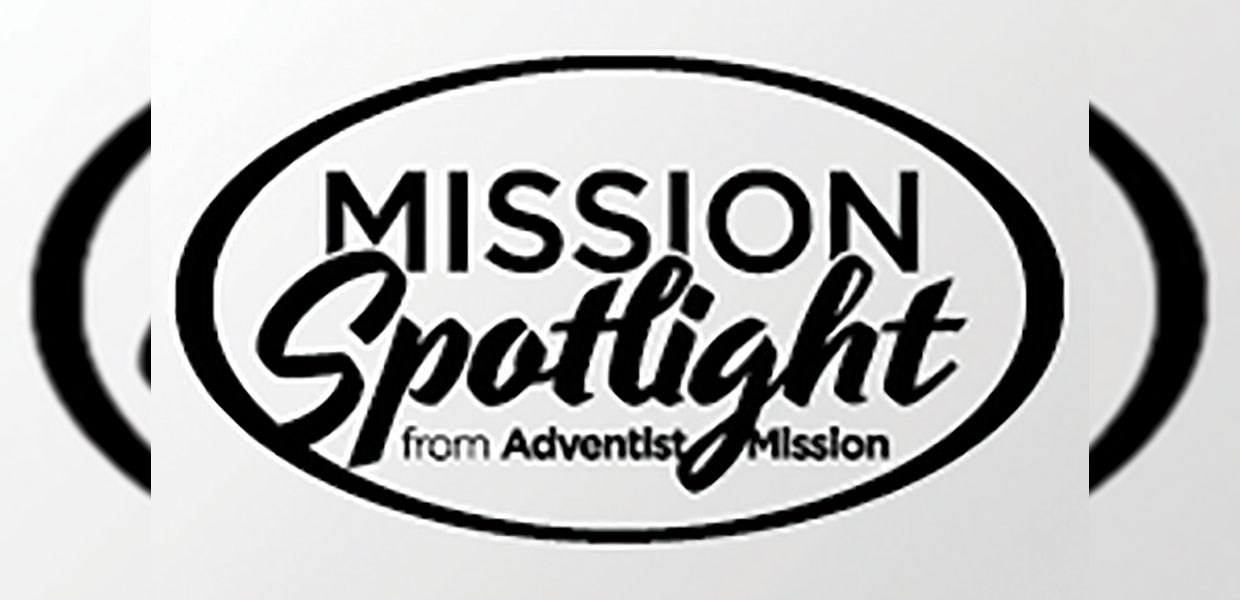
1973; A second Union office building was built to house the growing Home Health Education Service, and was completed in 1974.
1974; The publishing directors of the regional conferences in the Southern Union — Theodore Smith for South Atlantic Conference and Joseph Hutchinson for South Central Conference — adopted a new ministry and business model called Family Health Education Service. FHES helped regional conference literature evangelists to be successful in both sales and soul winning.
1978; During the Festival of the Faith Youth Congress, March 22-25, about 2,300 youth presented Jesus through music, gymnastics, health screening, door-to-door visitation, and literature to every secular campus and mall, and almost every home in Greensboro, North Carolina. They distributed more than 45,000 copies each of These Times and Listen, and 50,000 Bible course enrollment cards.
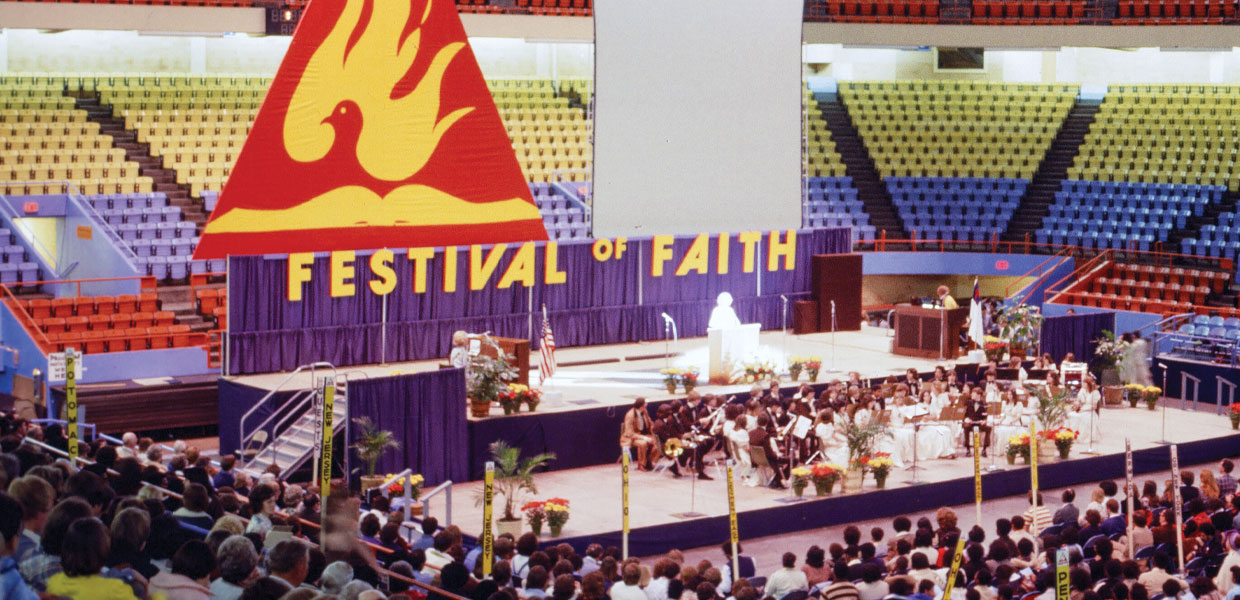
1979; The Union began to publish a Statement of Non-Discrimination for Adventist schools in the Southern Tidings, which had been voted by the North American Division in 1971.
1980; In December 1980, the constituency of the South Atlantic Conference voted to divide and establish the Southeastern Conference. Southeastern began operations January 1. (President J. A. Edgecombe, 1981–1988)
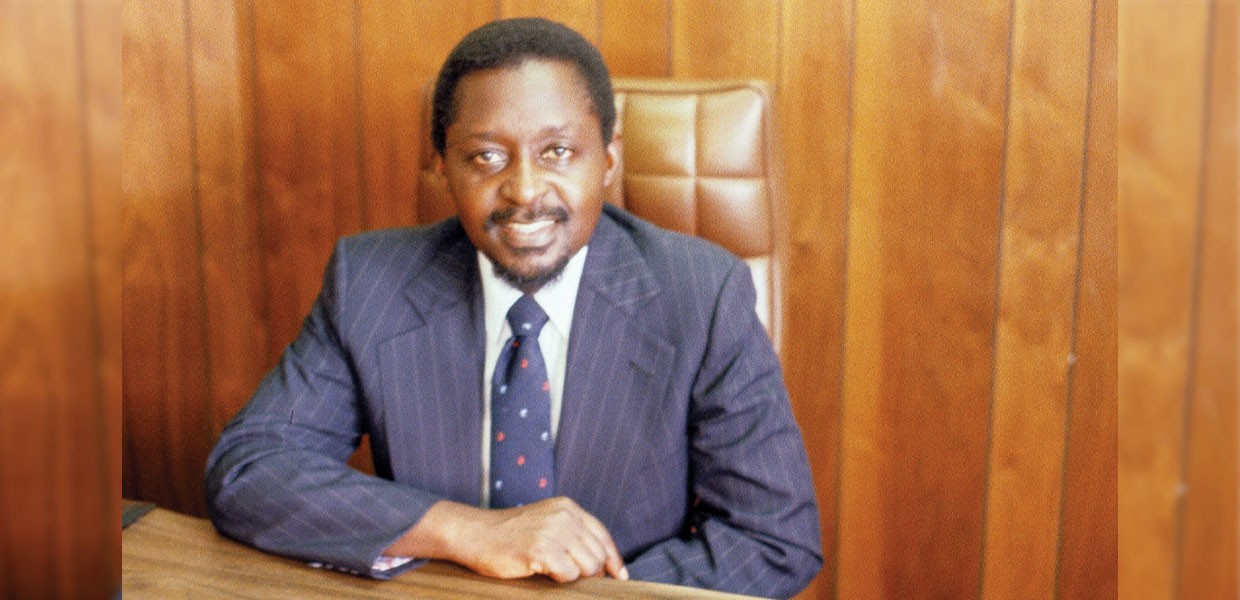
1988; The Southern Society of Adventist Communicators (SSAC), was formed under the mentorship of Martin Butler, Olson Perry, and George Powell, former communication directors at the Southern Union Conference. The group voted in 1999 to invite communicators nationwide, and became the Society of Adventist Communicators, headquartered at the North American Division.
1990; After six years as a Women’s Commission, the Southern Union Women’s Ministries Department was established with Evelyn VandeVere as the first director (1990-1997).
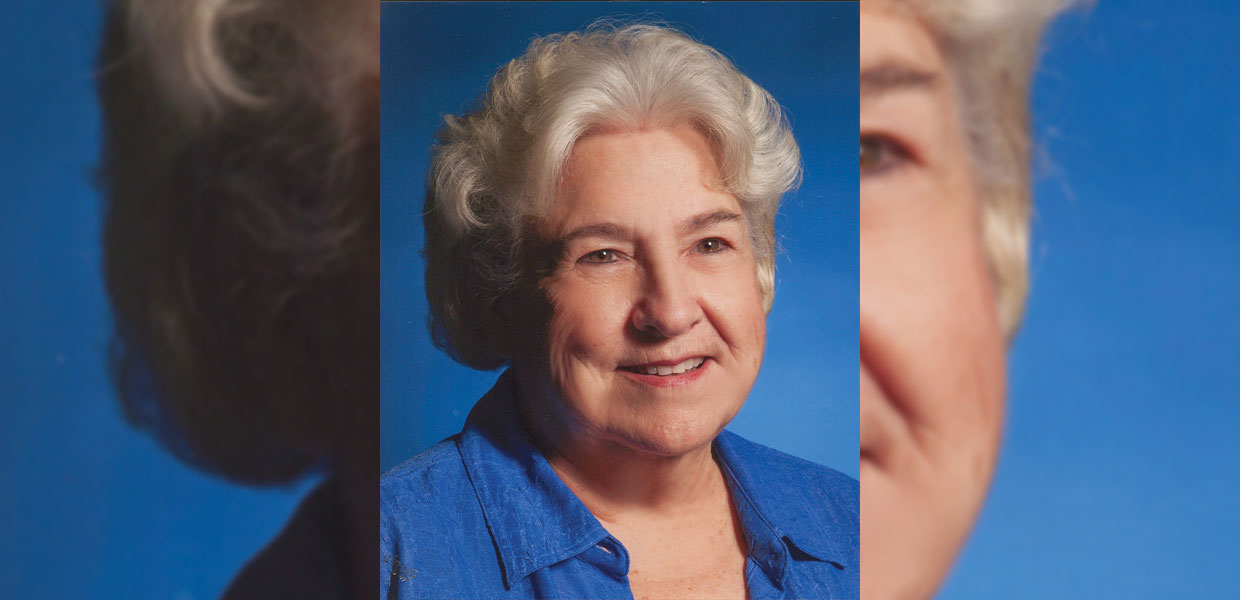
1997; Norwida Marshall, Ed.D., Union director of elementary education, launched the Early Childhood Education Program in the Southern Union.
1998; Jorge Mayer became the first full time Southern Union Hispanic ministries coordinator, succeeding Rolando del los Rios who served as the acting Hispanic coordinator from 1997 to 1998.
1999; SURF, or the Southern Union Revolving Fund, was established. SURF is a financial ministry which allows Adventists to invest money for a reasonable return, and with that money provides the blessing of low-cost loans to churches and other Adventist institutions.
2000; Native Ministries launched in the Southern Union under the directorship of Fred Rogers.
2001; The Southern Union Conference celebrated its 100th anniversary since organizing in 1901 in a year-long centennial celebration under the leadership of Malcolm Gordon, president.
2004; The Southern Union Department of Education introduced the Adventist EDGE, or Educators Delivering GREAT Education, within its school system.

2009; A Year of Evangelism was declared. Southern Union baptized 9,618.
2010; The Union hosted the World Church’s General Conference Session in Atlanta, Georgia, with more than 2,400 delegates and 50,000-plus in attendance.
2013; In December, the Southern Union Executive Committee voted in a new publishing ministry and business initiative called BLAST, designed to reach the 62 million people throughout the Southern Union territory.
2014; The Southern Union moved its headquarters to 302 Research Drive, Peachtree Corners, Georgia, in March.
2018; Clergy and Educator Memorial Medallions of Honor were developed by the Union Communication Department and adopted by the North American Division.
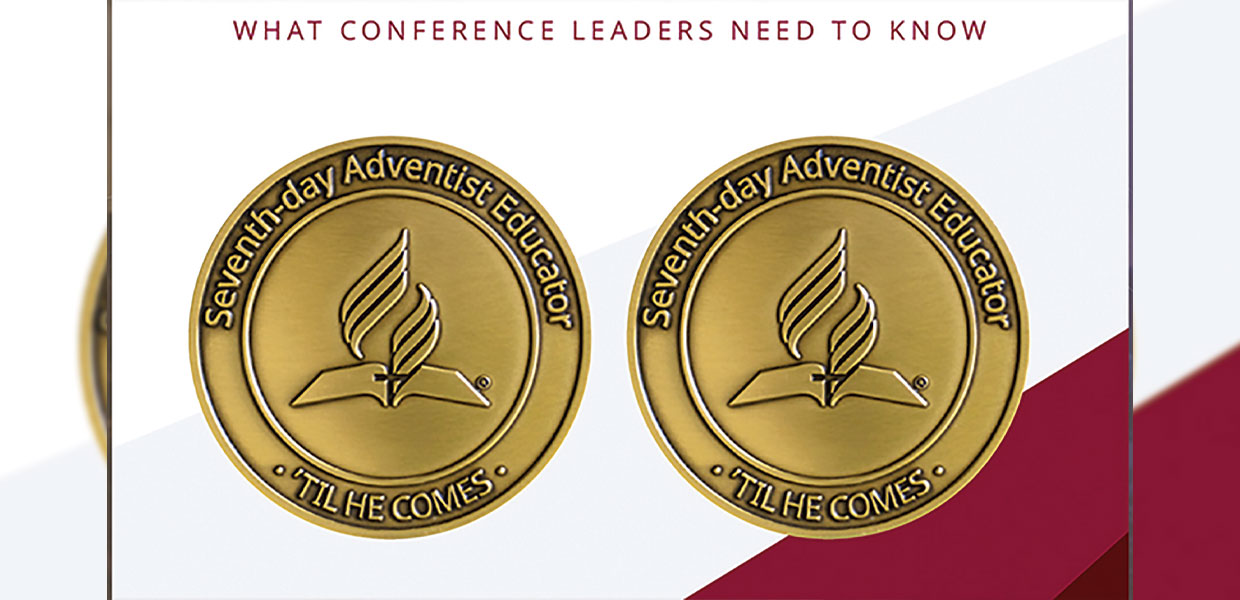
2020; Novel Coronavirus Pandemic (COVID-19): Sadly, many members of the Southern Union died from the ongoing virus.
2020; The Union moved staff to remote operations on March 16 because of COVID-19 and remained on remote operations for longer than a year.
2021; April 9 marks 120 years of ministry in the Southern Union Conference.
Conclusion
The Southern Union Conference has been a bellwether union because of the innovative ministry it has fostered through programs such as Women’s Ministries, the layman’s movement, Mission Spotlight, World Sabbath, a fast growing Hispanic work, the Church Identification Program, Youth to Youth, medical/dental professional recruitment, the MagaBook student literature program, a strong ministerial enrichment program, Adventist EDGE, the Adventist Health System, the formation of the Southern Society of Adventist Communicators which is now the Society of Adventist Communicators, the Clergy and Educator Memorial Medallions of Honor, and more.
Programs are great, but the engine that moves the Southern Union is members and workers who, imbued with faith, give themselves wholeheartedly to the salvation and nurture of souls.
Despite the pandemic, tense race relations, and political polarization, we have nothing to fear except as we forget how God has led us in the past. Let us fulfill the Gospel commission, commit ourselves to the true fast of Isaiah 58, live out brotherly love in it fullest dimensions, and use our gifts to equip each other as we grow towards full maturity in Christ.
See SouthernTidings.com for timelines for each conference and institution in the Southern Union and additional photos.
If you know of historical events that need to be remembered, please submit them to the Southern Tidings office.
is the communication director at the Southern Union Conference and the Southern Tidings editor.
Southern Union Presidents
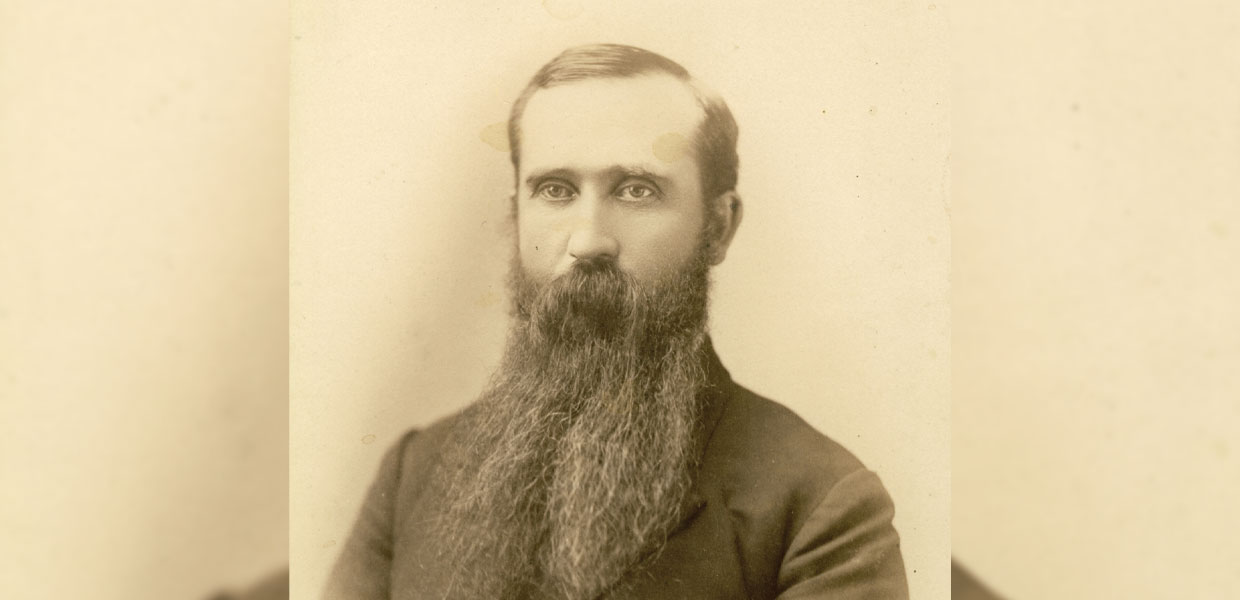
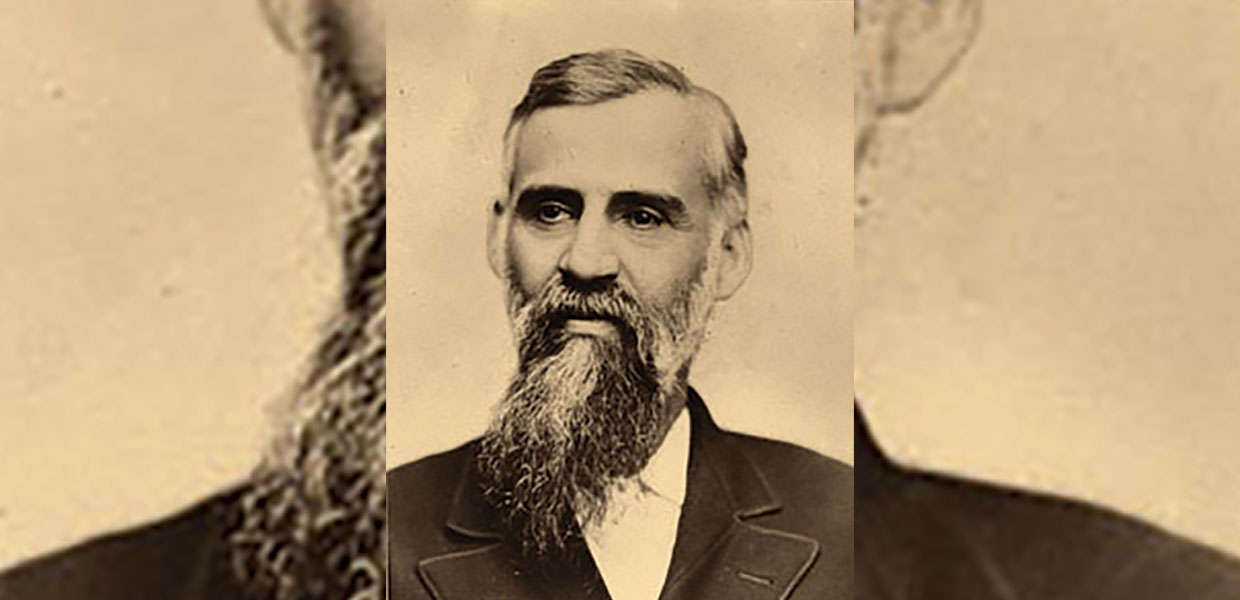
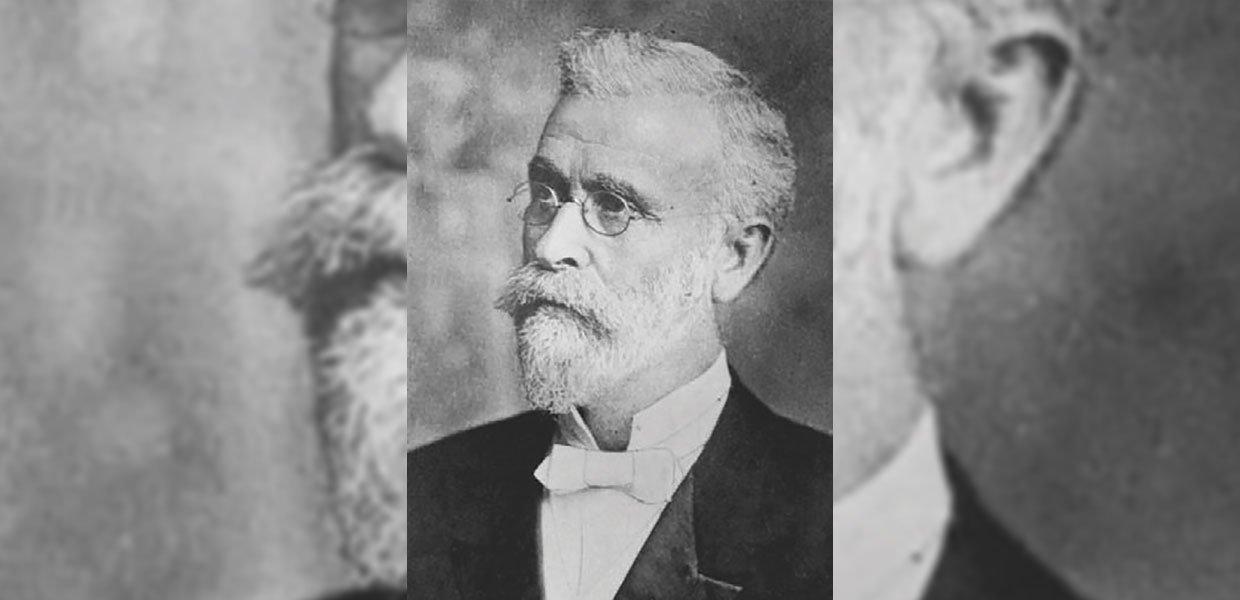

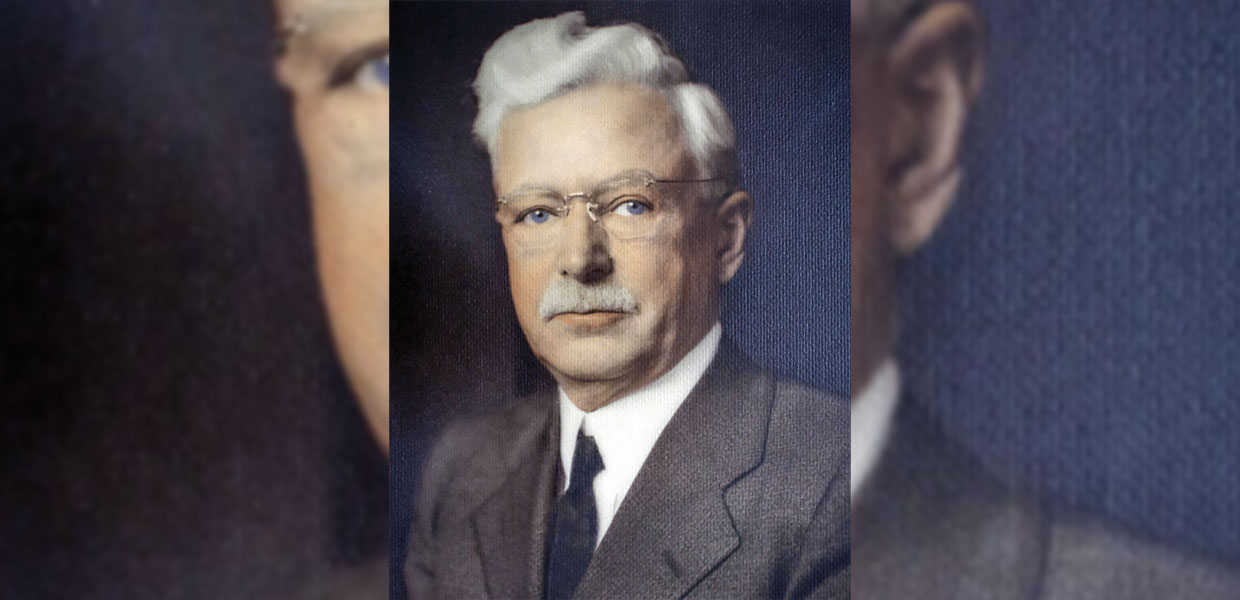
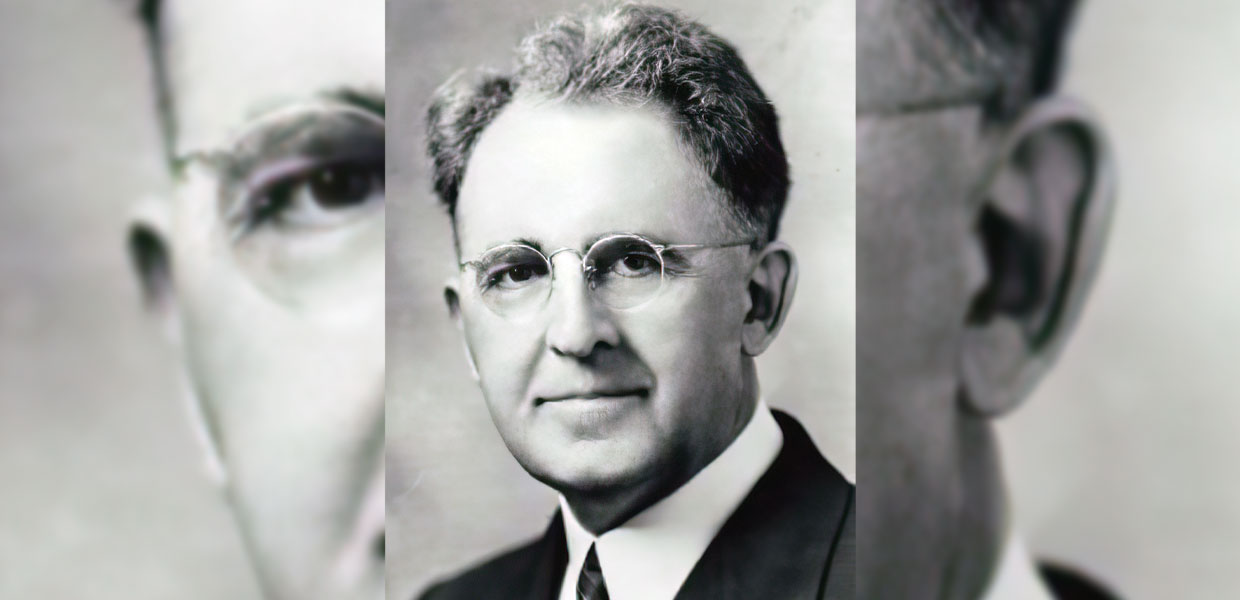
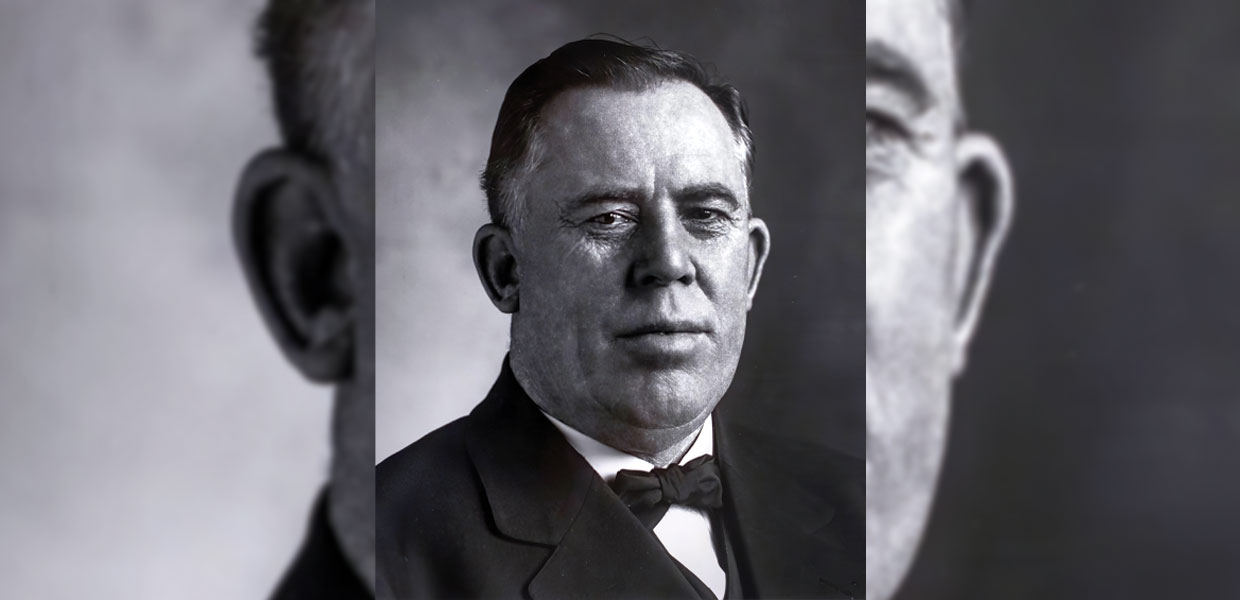
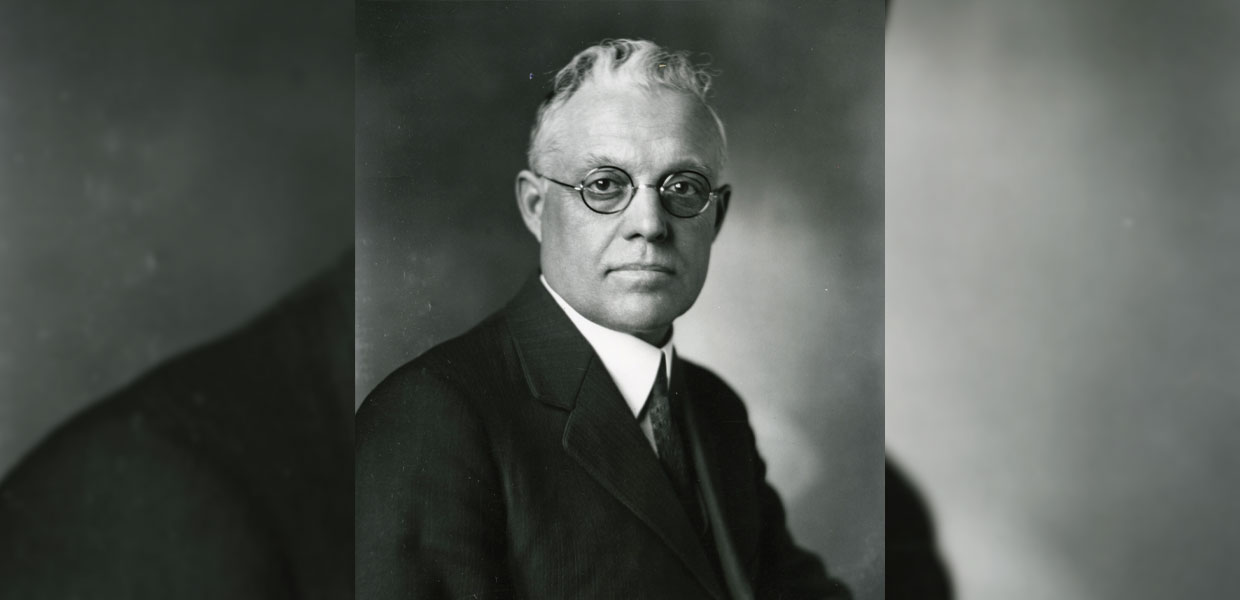

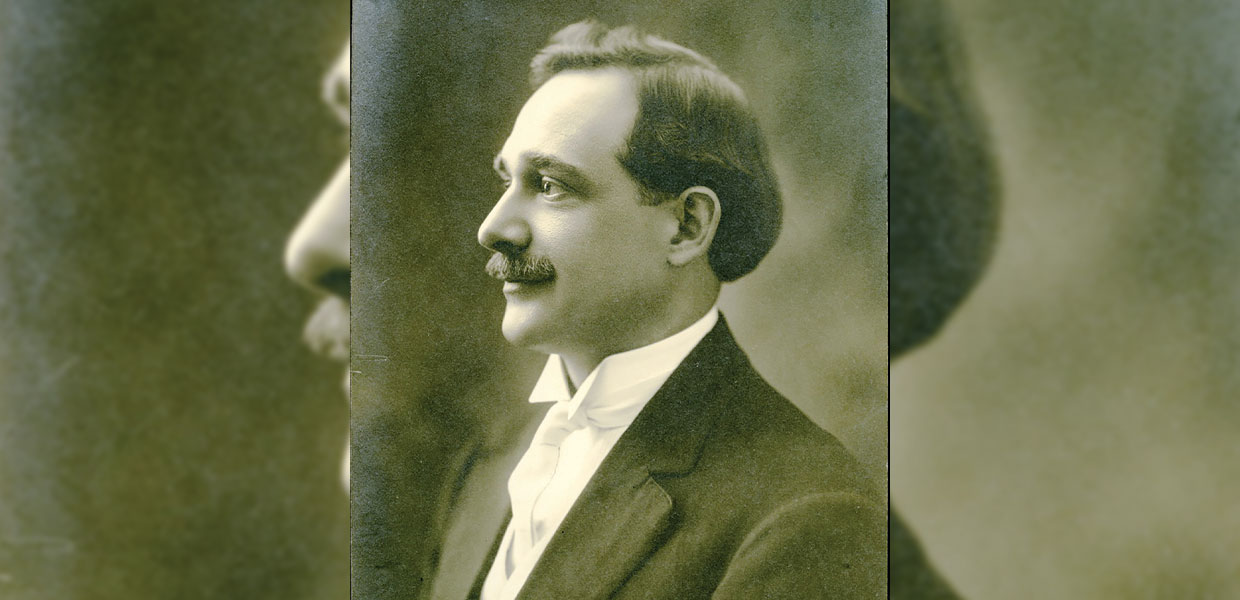
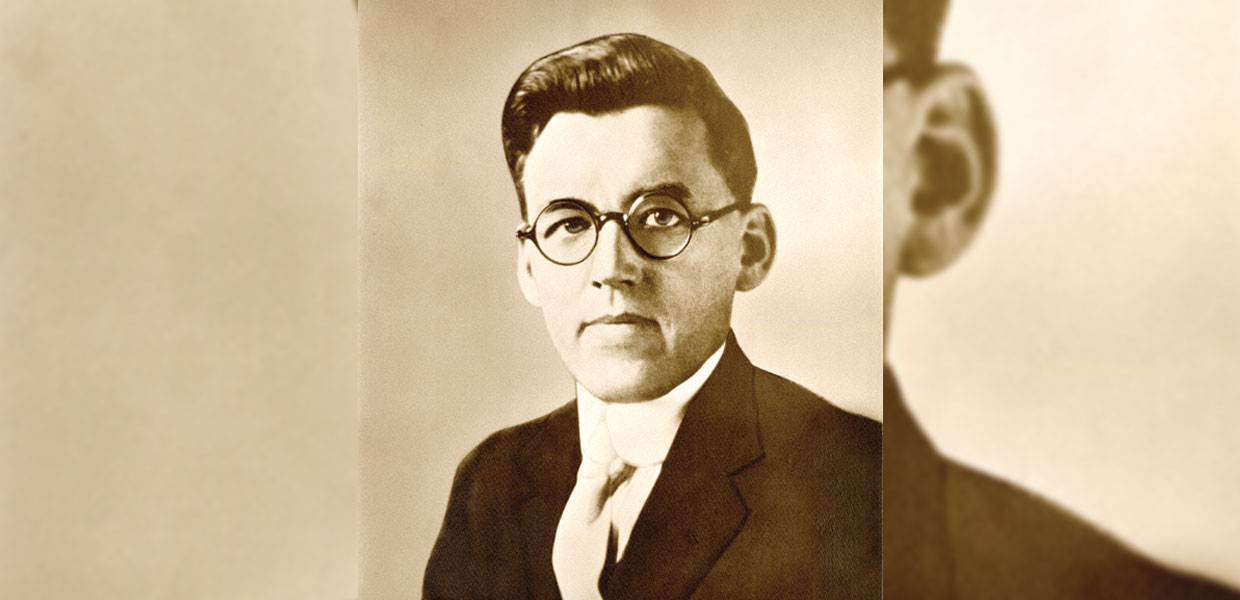
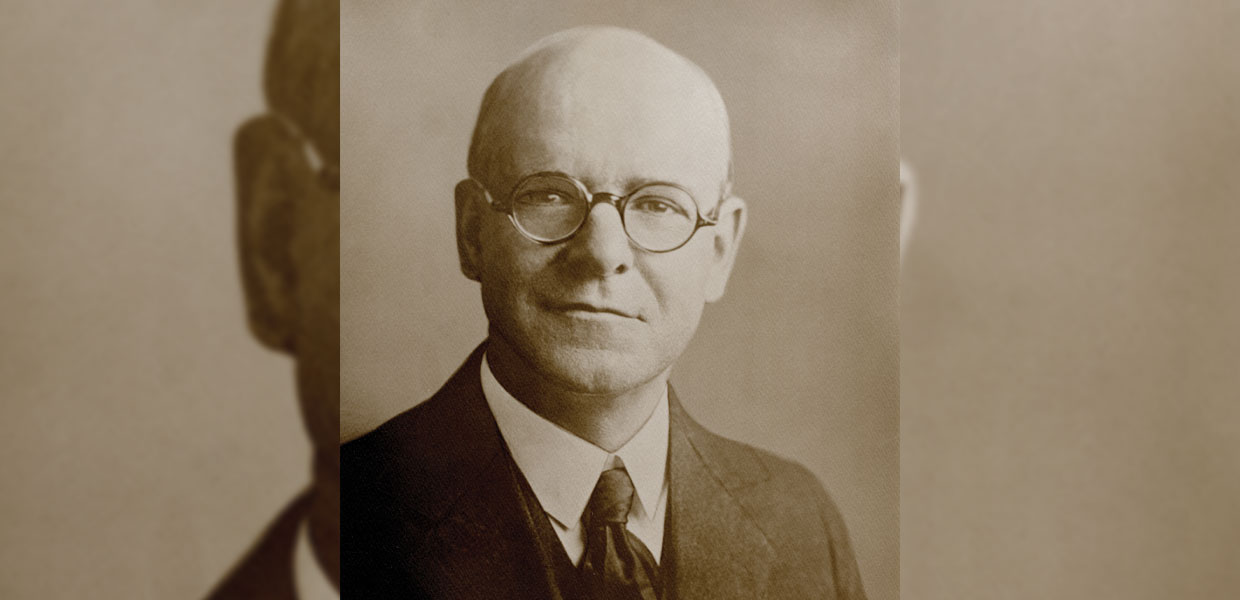
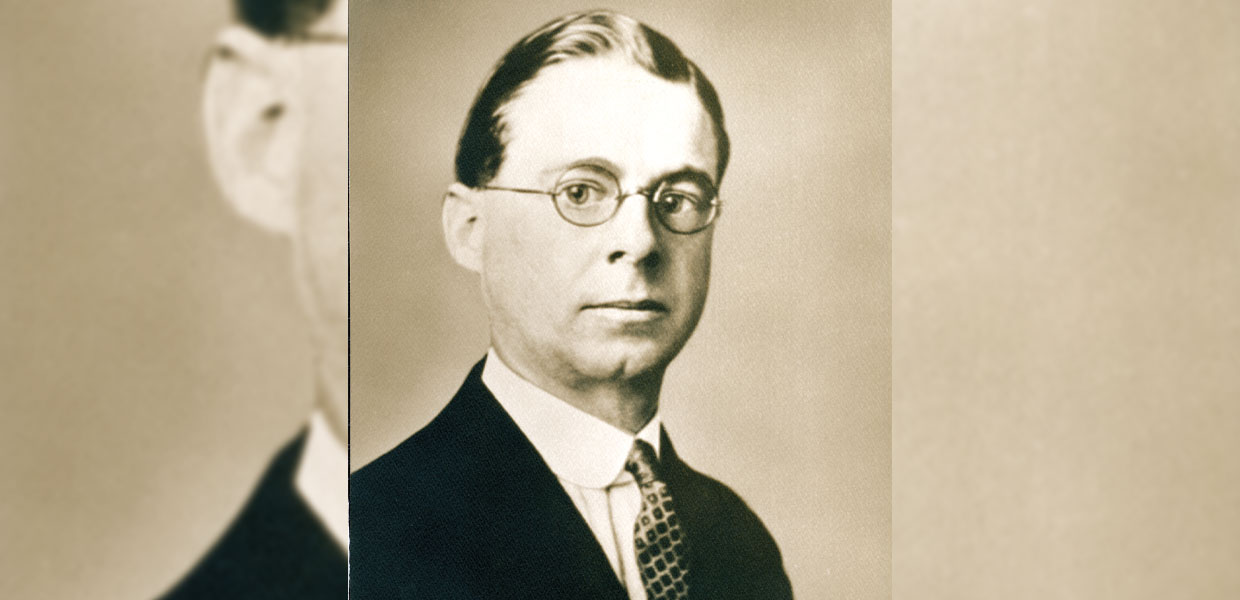
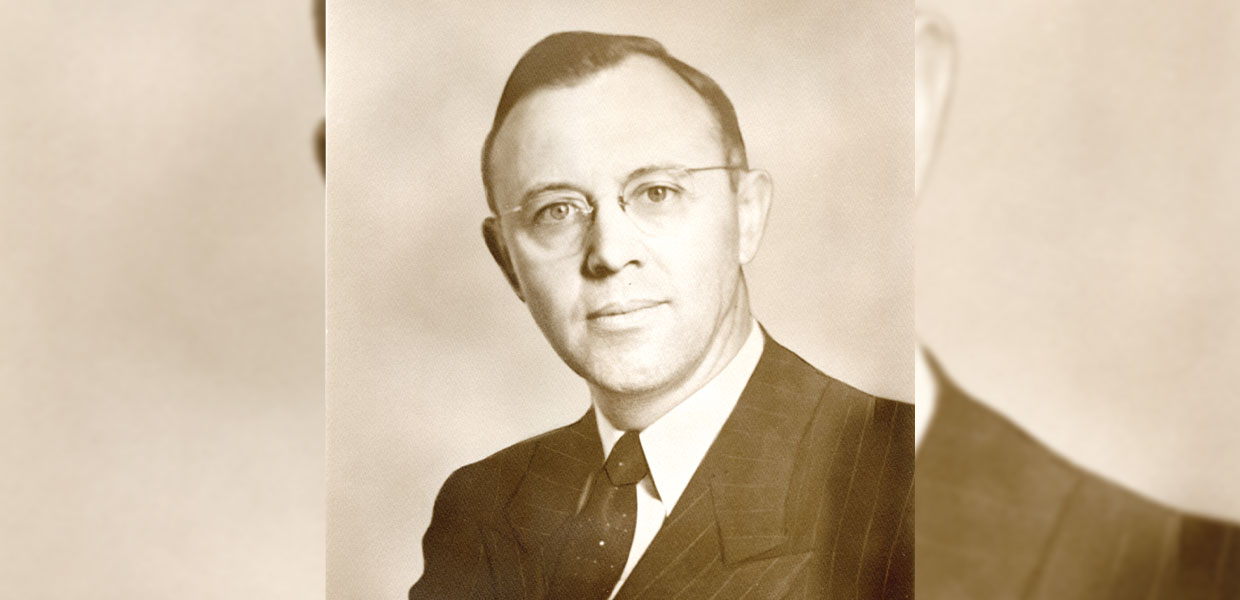
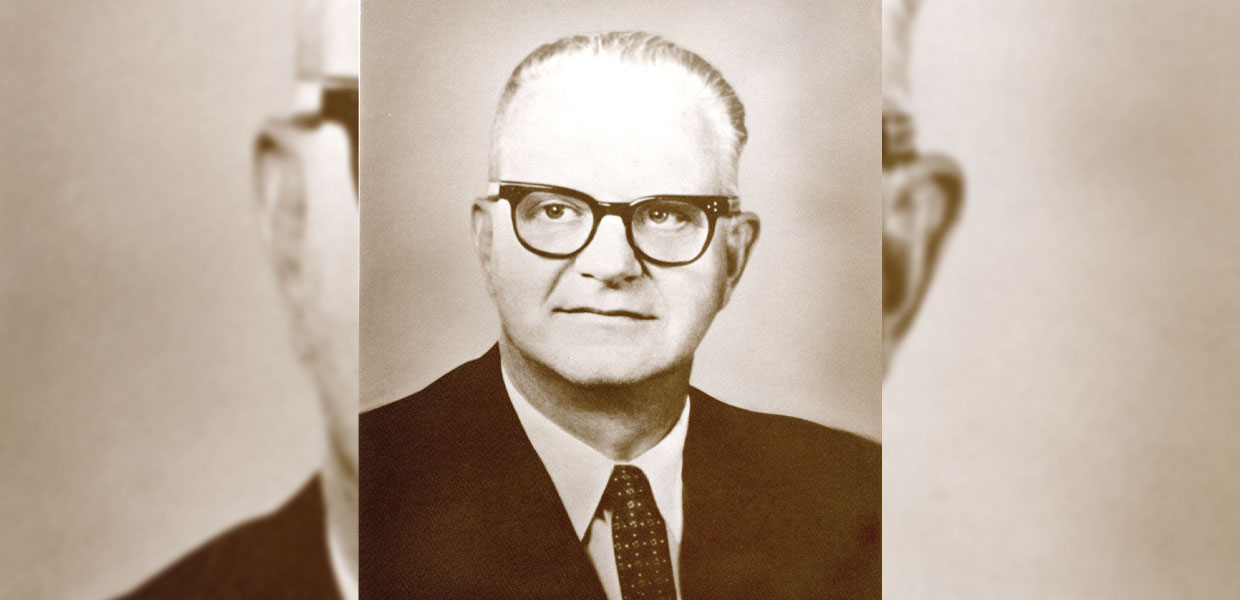

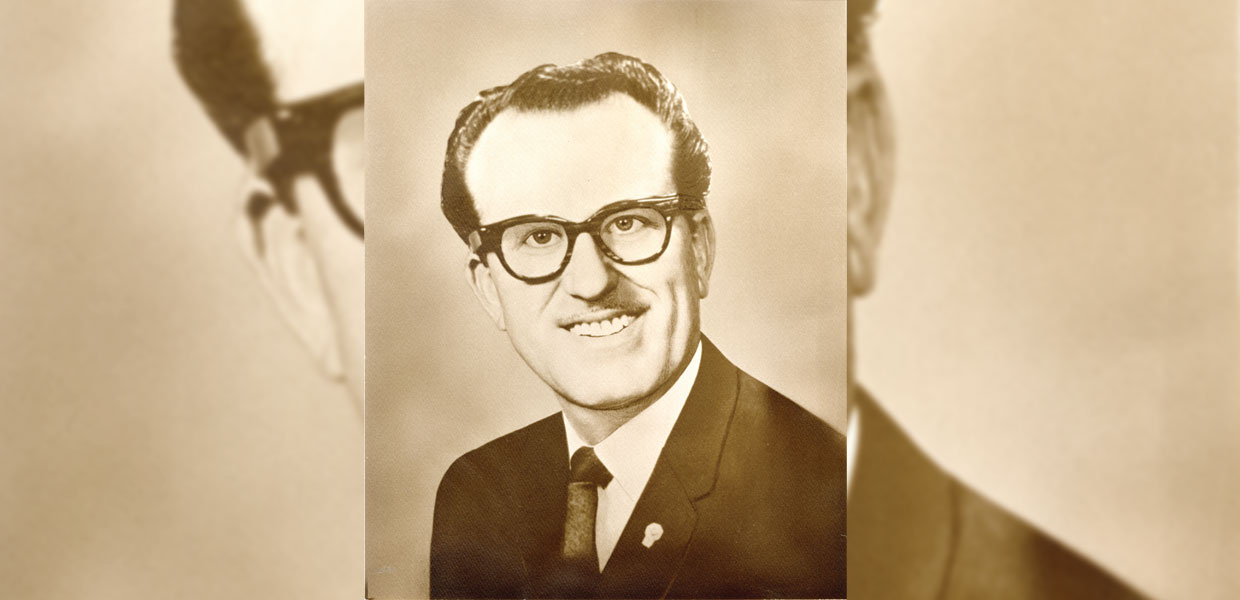
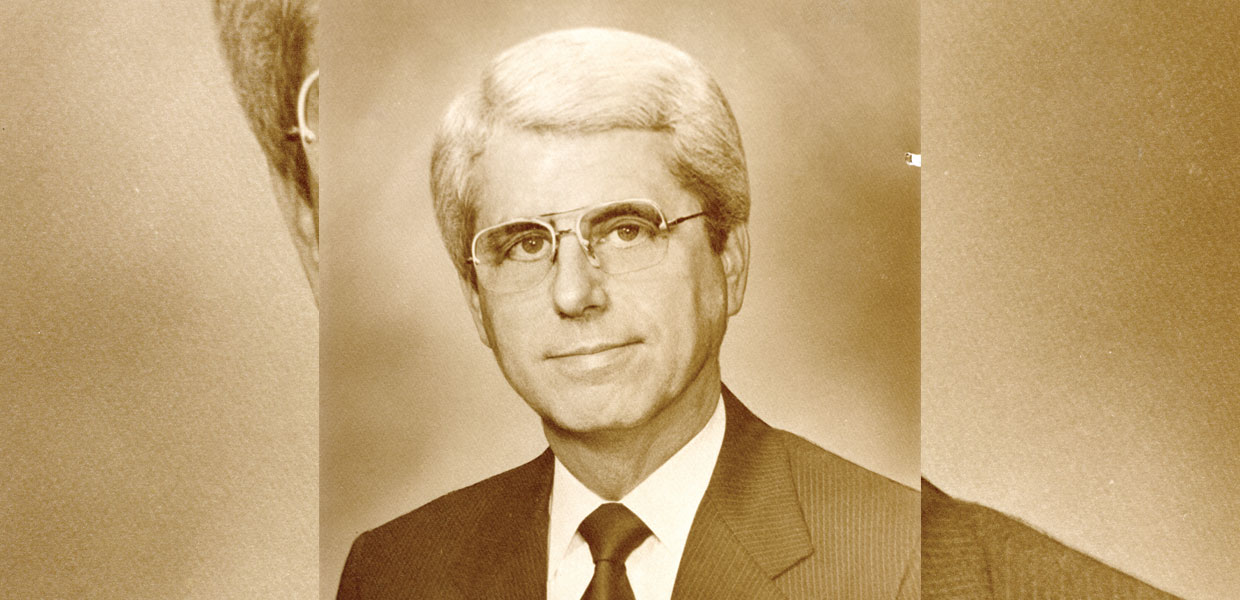
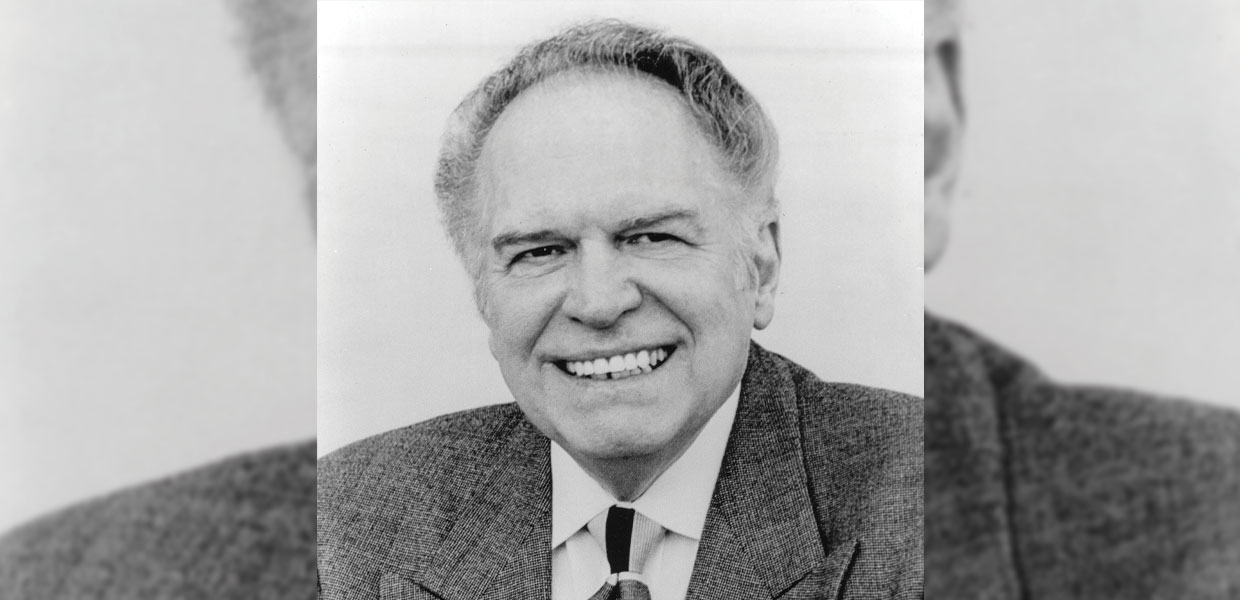
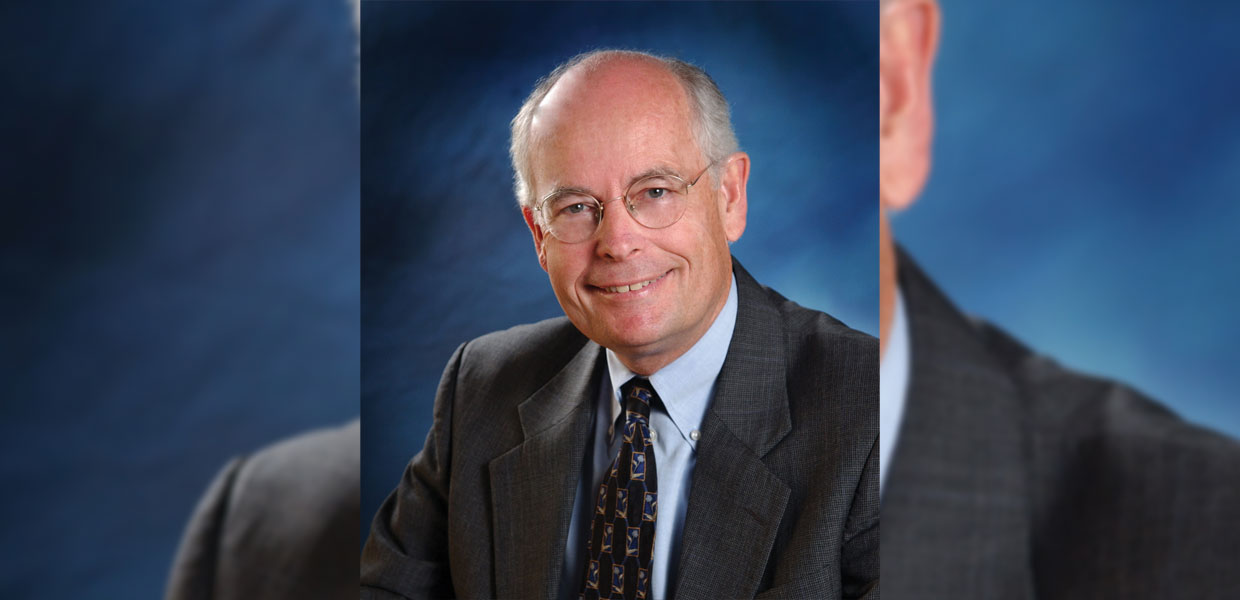
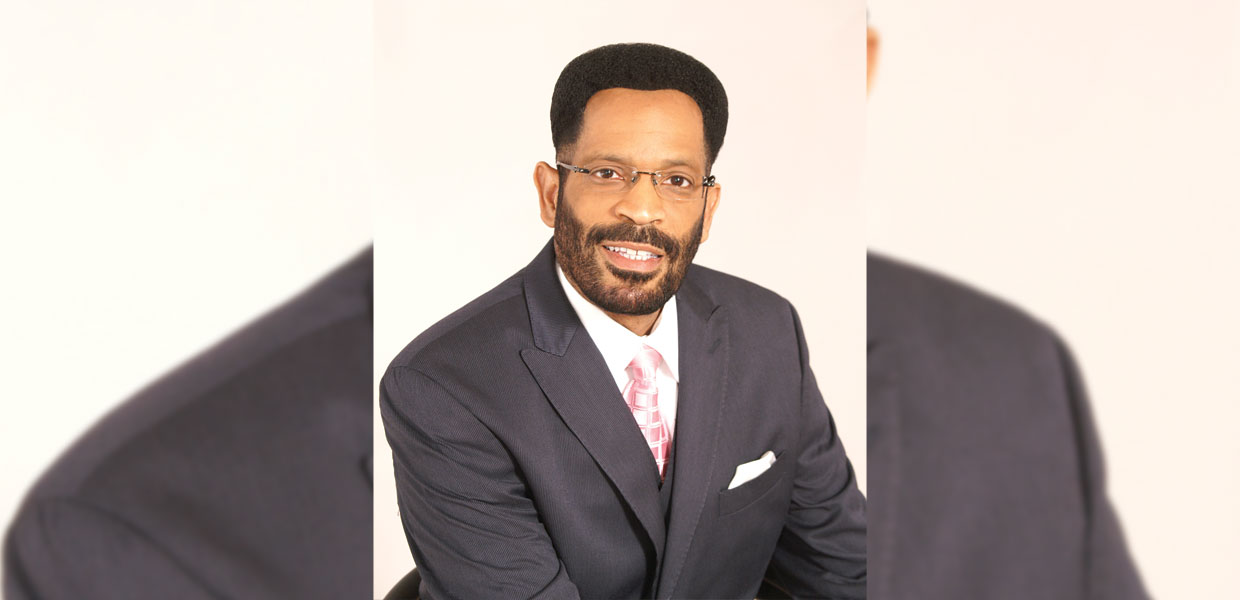
Southeastern Presidents
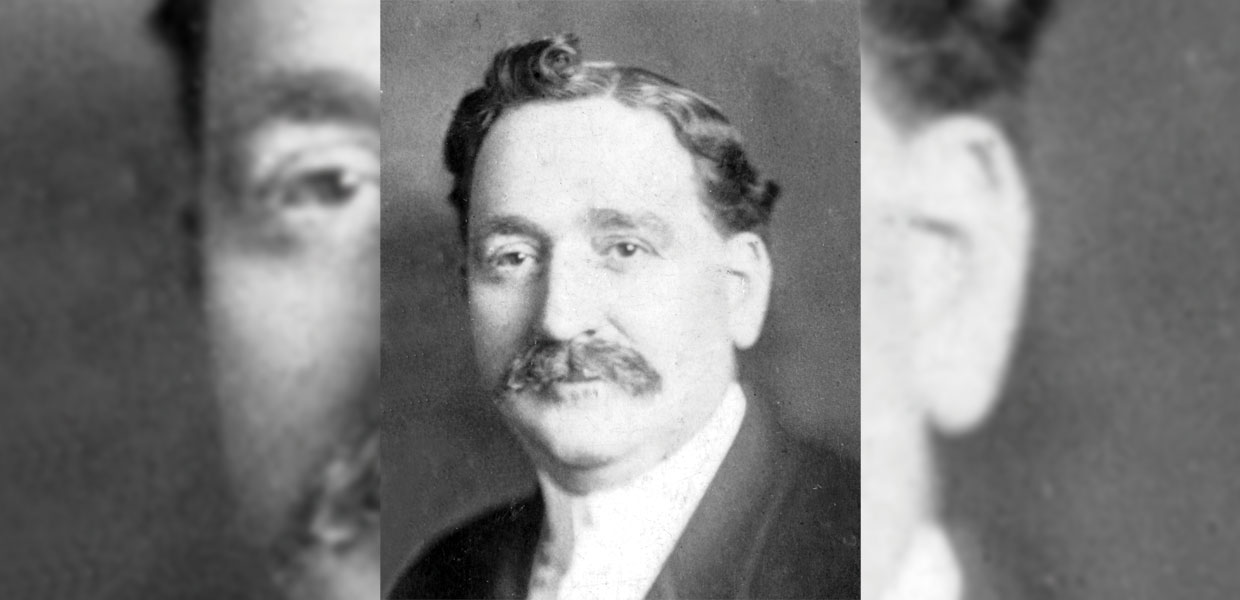

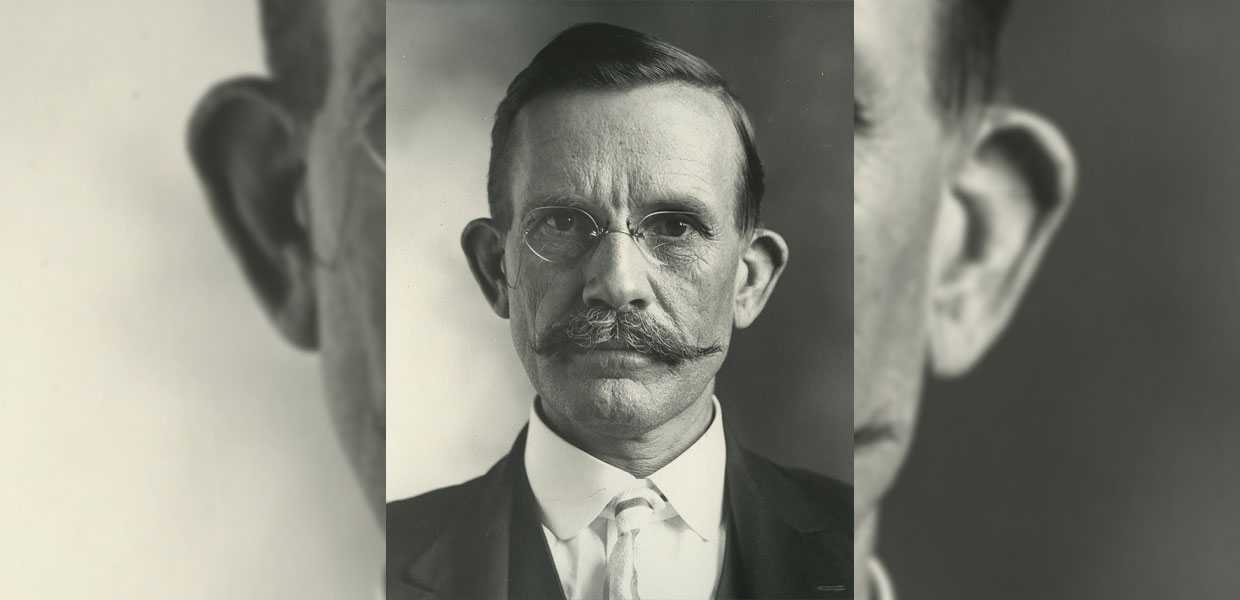

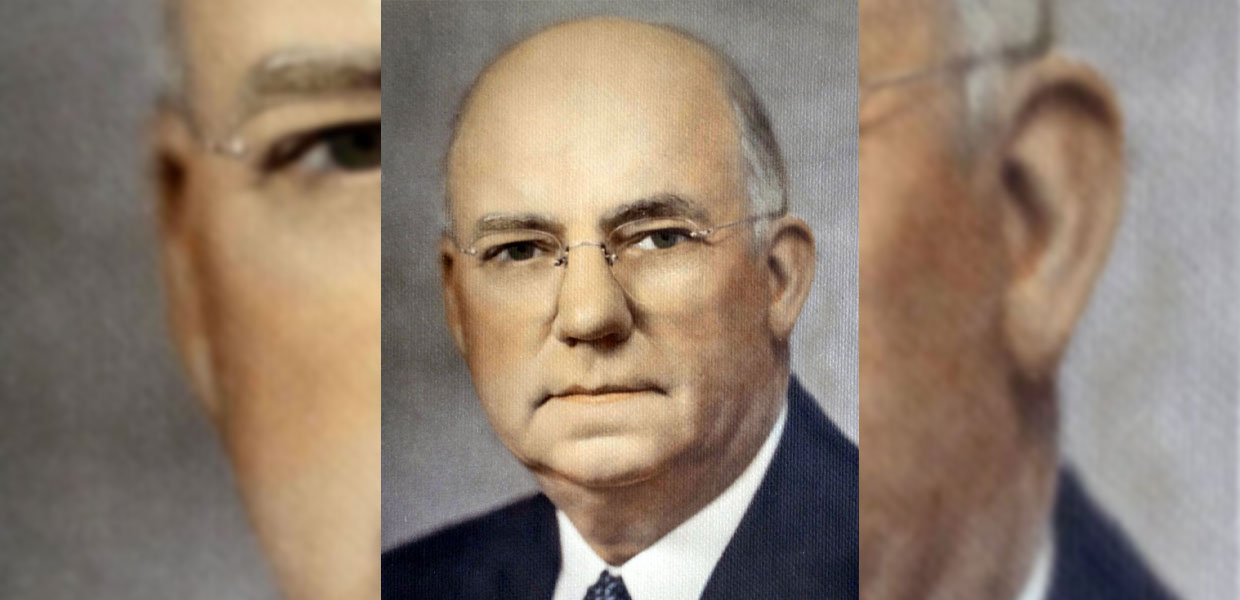

Southern Union | April 2021


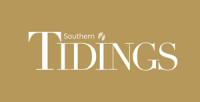
Comments are closed.